#susanowo
Explore tagged Tumblr posts
Text


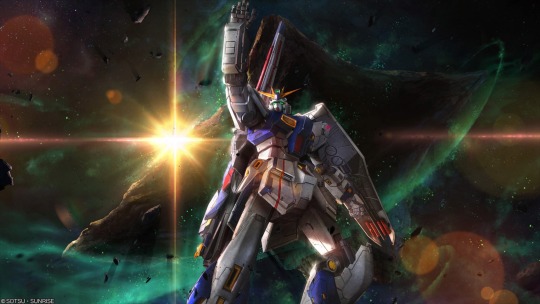
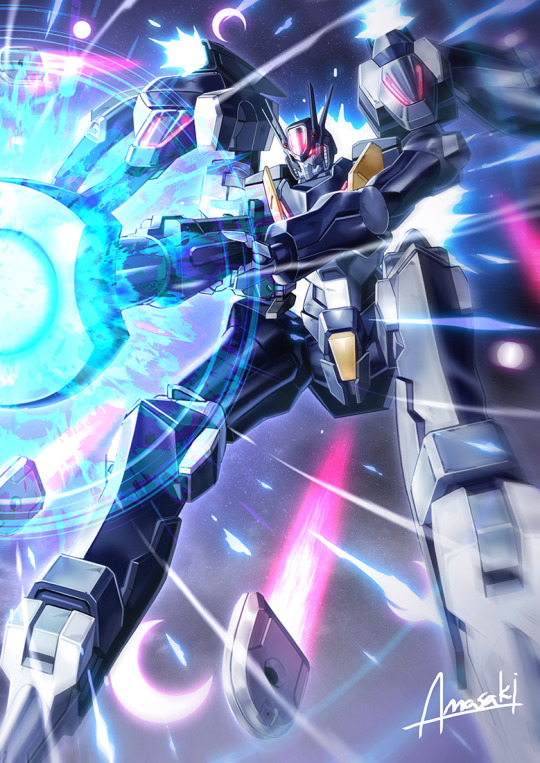
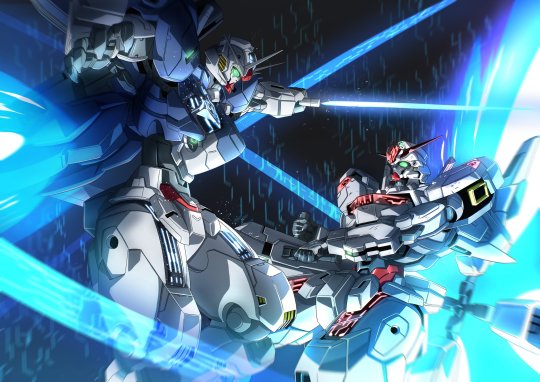

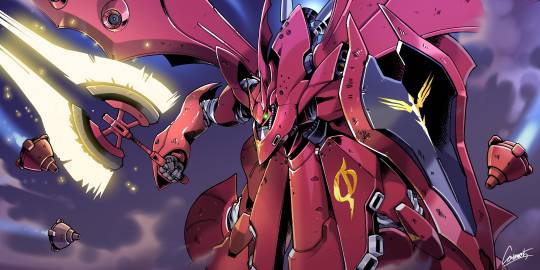

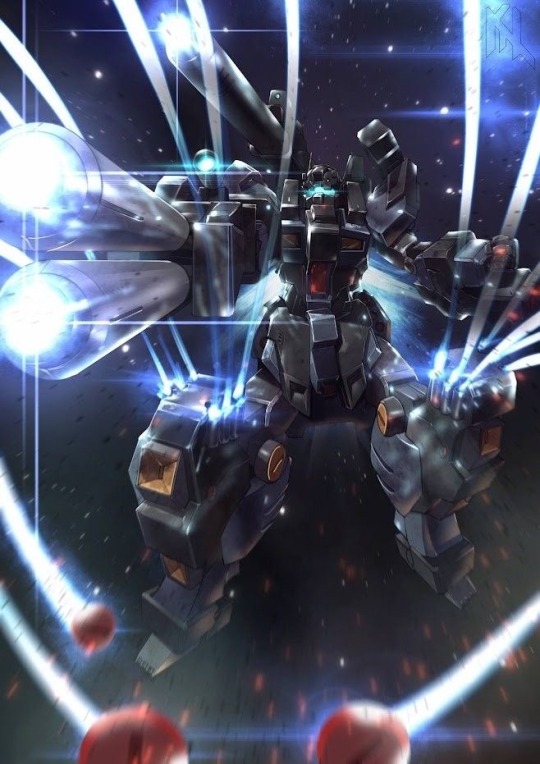
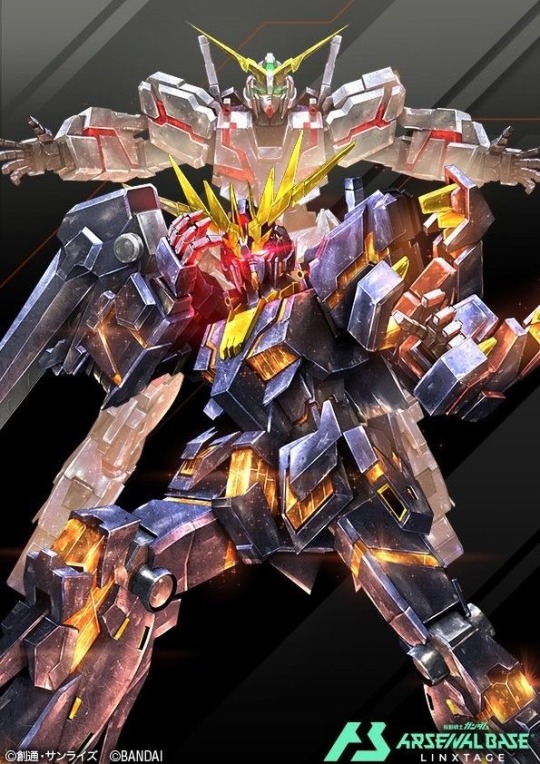
#Gundam 0083#Gundam “Dendrobium”#Gundam 00#Susanowo#Gundam Side-F#Nu Gundam#The Witch from Mercury#Gundam Pharact#Gundam Aerial Rebuild#Gundam Calibarn#Gundam 0079#Big Zam#Gundam#Bst Core Booster#Beltorchika's Children#Mobile Suit Moon Gundam#Re-GZID#GM III Powered Full Armor (Bulldog)#Gundam Unicorn#Banshee (Destroy Mode)#Unicorn Gundam (Destroy Mode)
133 notes
·
View notes
Text


10 notes
·
View notes
Text
Susanoo, grinning: Before you were what? Amaterasu: Before I was- Susanoo: What? Amaterasu: Before I was inter- Susanoo: Before you were interrupted? Amaterasu: Cut me off one more time and I swear I'll- Susanoo: What? Amaterasu: *makes frustrated sound* Tsukiyomi, nervously: Stop that. Before she hurts you.
#tw violence#queue#mythology#japanese mythology#japanese gods#japanese goddess#incorrect quotes#source: perchance generator#amaterasu#tsukiyomi#susanoo#susano#susanowo#susano o#siblings
31 notes
·
View notes
Text
graham aker is my only one.
ALSO SUSANOWO? OWO? O W O ?
hes begging for head istg
1 note
·
View note
Text
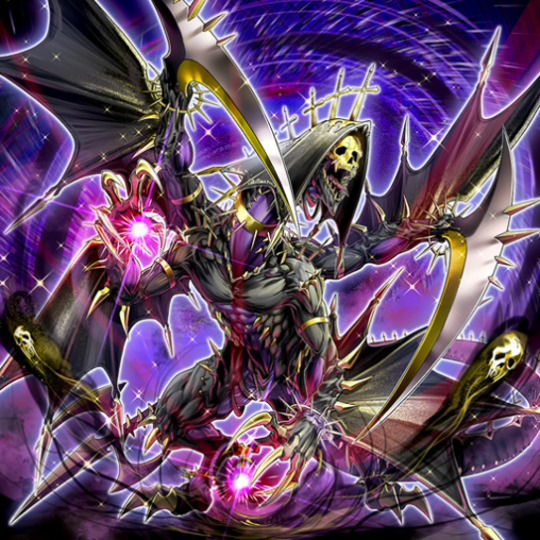
Wollow, Founder of the Drudge Dragons
#Wollow Founder of the Drudge Dragons#yugioh#Halloween#Zombie#yugioh tcg#ygo tcg#ygo#Xyz Monster#DARK#I am a sucker for cards that steal your opponent's cards like this and Susanowo
365 notes
·
View notes
Text

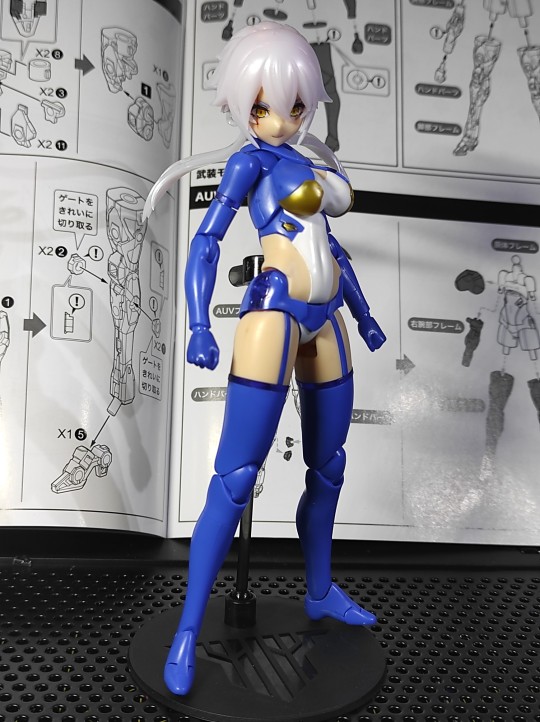
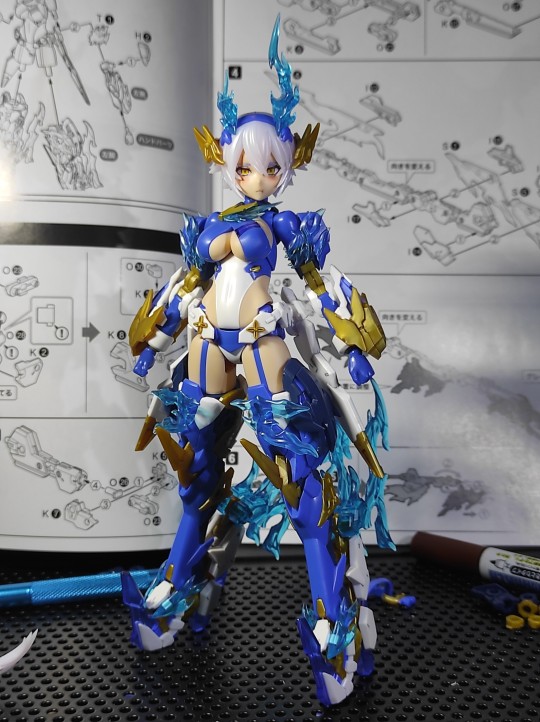
Halfway there
69 notes
·
View notes
Text

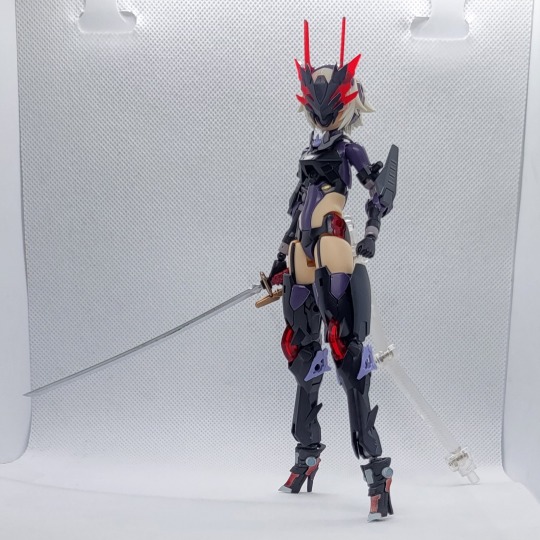
#mecha#bandai#custom build#gunpla#ガンダム#プラモデル#機動戦士ガンダム#frame arms girl#mecha musume#30 minutes sisters#megami device#auv susanowo
9 notes
·
View notes
Photo




AUV SUSANOWO SOUEN // Megami Device
#i didnt realize she was so different than original susanowo im [tbh]#upload#megami device#kotobukiya#plastic model#plastic model kit#plamo#mecha musume
19 notes
·
View notes
Text
Esper gets a new outfit (and haircut…)
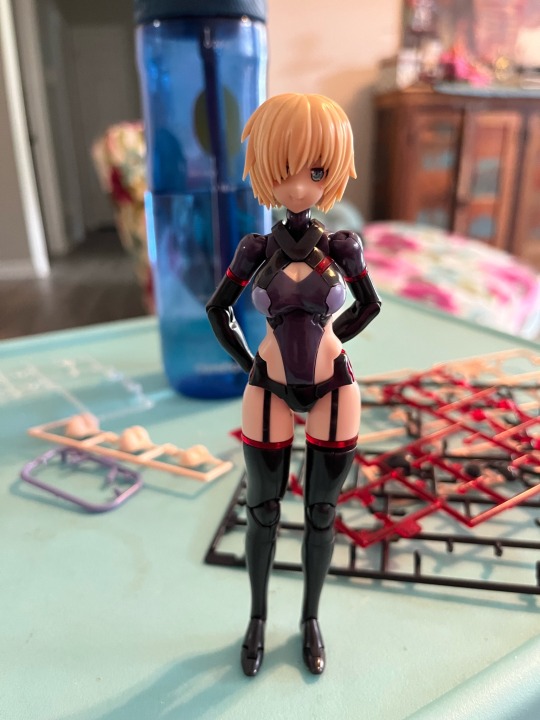

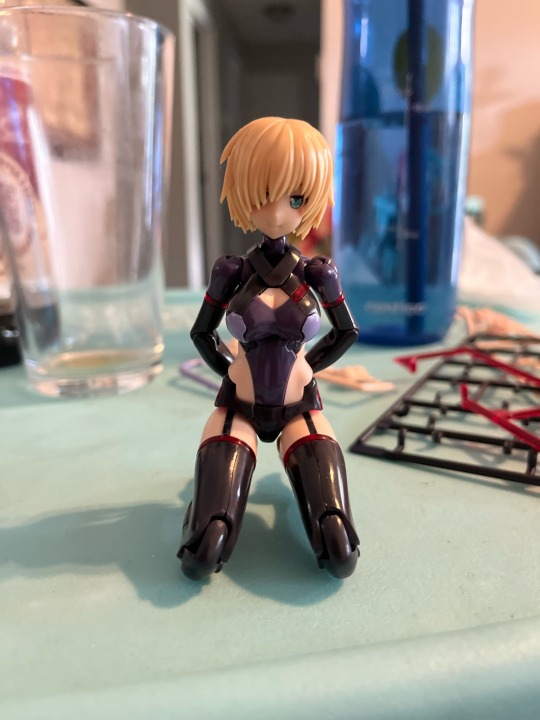
#look ma#no hands#knock off#Kotobukiya#fake megami device susanowo#frame arms girl#hresvelgr summer vacation ver#but just one of the extra heads
2 notes
·
View notes
Text
(I’ve been sanding everything for so long, it’s nice to get back to a s)im(ple sn)a(p build. It )le(ts me )g(et things done so much faster)!



0 notes
Text
Just thinking about the poetic nature of the Gith
Originally, there was just one species that broke free of the mindflayers and turned to bloody rebellion. In the aftermath the Githyanki (those who follow Gith) formed a new militaristic culture based on their inherant superiority, while the Githzerai rebelled against becoming like thier old masters and left (those who spurn Gith). The Githyanki live in the Astral Sea, a place where nothing ages or changes unless change is forced upon it. The world is vibrant, sure, and it IS constantly changing, but only through force and intrusion.
The Githzerai live in Limbo, a land of infinite chaos where even the fabric of reality might turn from air to bread to napalm in a second. It is only through massive willpower and active dedication that you can craft anything, and that needs to be actively and constantly maintained.
The Githyanki have not changed. They became their old masters. They have slaves of their own. They're coping with the scars of their enslavement by making sure THEY'RE the ones on top this time. Though they still identify themselves around wiping out their old masters, the system never fell. tyranny just gained a new face and explanation. The same face, the leader has been the same bloodline even since those times beyond measure, with the current one being an undead immortal ruling for thousands of years, unaging even when in places that do change. Githyanki are forced to occasionally explore to have kids and let them grow to adulthood. But they leave the encampment only to plunder resources, keeping the kids as secluded as possible and dragging them back ASAP to double down on indoctrination. Nobody moves on, and the youth who attempt to are met with force.
The Githzerai have changed so much they're no longer the same species, even if they are still externally recognizable. They left for a land where everything changes. However, through introspection and dedication to ensuring personal freedom, they thrive. Specifically, it's from their leaders giving up that freedom to eternally power their chunk of safety in the storm. Literally sitting in a sarcophagus for eternity, the death of self. You'd think would be horrible, given the whole point was escape from eternal labor and gaining freedom! But the difference is that it's willing, it's their choice, one they were free to make or decline. They chose to make a home others could grow up in safely, a place that would still remain for them even if they left for a time. These elders are also don't age...but they're the ones who came to terms with their trauma, fought, and decided to move beyond. They even lost the initial war, but persisted and kept working to break the system. And they do so by supporting those that come next, trusting they'll keep fighting to stop this cycle of oppression.
The Githyanki are conquering the stars but haven't really moved an inch. The Githzerai are living in an ever-moving and actively hostile world, but came to terms with themselves and their past and moved ever forward.. Beautiful.
...
I'm also thinking about how the Githzerai names a city Susanowo. Like the brother of Amaterasu. Like, in-universe named that after actual スサノヲfrom actual Japan. Because Earth exists, and the various gods USED to exist there. An old empire kept kidnaping people from Earth, and the gods followed their believers but got stuck. I keep running into bits of lore that tie into that and it hits me like a truck every time.
254 notes
·
View notes
Text
Izanagi: Susanoo, can I speak to you for a minute? In private. Susanoo: Ooh, someone's in trouble. It's me. I don't know why I did that.
#queue#mythology#japanese mythology#japanese gods#source: perchance generator#incorrect quotes#izanagi#susanoo#susano#susanowo
20 notes
·
View notes
Text



Haven't been painting any kits lately but I have been making some work on the backlog. Finally got my hands on a Brave Commander from the 00 movie for not scalper prices and it's a really fun build. A lot better than the Susanowo was lol
Graham my beloved
34 notes
·
View notes
Text
Chapter 3: The History of a Shrine (Hie)
Hie in Ancient and Medieval Japan
Origins
His [Kageyama Haruki] emphasis on agricultural fertility rites is based on an equally modern thesis about the genesis of Japanese culture as the product of local communities of rice growers. Of course, rice culture was indeed a major factor in the political and economic life of ancient Japan, but a closer look at ancient kami cults, including that of Hie, reveals a range of other themes. In fact, the single kami that appears in the earliest source on Hie (Kojiki, 712) was not so much a generous god of rice as a threatening and violent force. Moreover, this kami's cult appears to have been based less on a changeless native culture than on a dynamic interaction between the expansionist politics of the Yamato kings on the one hand, and ritual specialists with continental skills and backgrounds on the other...Ōyamakui figures here among the many children of Ōtoshi-no-Kami ("the kami of great harvests"), on of Susanowo's numerous sons. This places the kami of Hie in the lineage of earthly deities from Izumo that ultimately culminated in Ōkuninushi, that earthly deity who "built the land" before handing it over to Ninigi, the heavenly ancestor of the imperial dynasty. Ōyamakui means "the great mountain peg," ad Yamasue-no-Ōnushi "the great lord of the mountain's end." ①
ーPages 69-70
① From the endnotes: "Here, I follow Nishimiya Kazutami 1979. The peg or pole (kui) could be a pillar on the mountain into which the deity was invitied to descend, or a phallic symbol.
Matsunoo... was the ancestral shrine of the Hata, a lineage of immigrants of Korean origin... weaving experts and managers of estates but also as skilled ritualists. The deity of this shrine features also in the founding legend of the neighboring Kamo Shrines.... a daughter of the Kamo chieftain found a red arrow inthe Kamo river... took home and kept in her bedding. Soon, she gave birth to a son... he was asked to serve sake to his real father at a drinking feast. Without hesitating the boy offered the sake to heaven, transformed himself into a kami, and disappeared, piercing the roof on his ascent. Like the red arrow that had fathered him, he turned out to be a deity of thunder.
This is but one instance of a motif that appears in many variants: deities who appear as snakes, arrows, and thunderbolts and who father semidivine children by impregnating young virgins...There is much to suggest that the Yamato court attached great importance to this type of cult... the hill of Miwa... was a major site of court kami worship. The deity enshrined there was Ōnamuchi or Ōmonushi—identified with Ōkuninushi...This deity shared many of Ōyamakui's characteristics... emerges as the protoypical earthly deity: a violent force that Yamato's heavenly dynasty struggled to control... the kami of Miwa transformed into a red arrow and impregnated a beautiful maiden while she was defecating in a ditch. The child... was chosen to become the wife of Jinmu.... Nine royal generations later, when Yamato was plagued by a mortal epidemic, the kami of Miwa appeared to Emperor Sujin in a dream... declared that the disease was his doing and demanded that his spirit be served by a certain Ōtataneko. Soon, it became clear that... was a child of the Miwa deity himself, who had entered the sleeping quarters of Ōtataneko's mother in the guise of a snake by way of the keyhole (Philippi 1969: 201-4)... later Emperor Yūryaku dispatched one of his vassals of Korean stock to seize the Miwa deity. It turned out to be a large snake that cracked thunder at the emperor, forcing him to flee (Aston 1972: I, 347).
Ōtataneko was the ancestor of the priestly lineages of both Miwa and Kamo. The priests of Hie... claimed the same ancestry as the priests of Kamo. This suggests that they were part of an extensive network of intermarrying priestly lineages who controlled a category of earthly deities that threatened the heavenly rule of the Yamato kings with the help of techniques that were, at least in part, of continental origin.
—Pages 70-71



Photos are mine do not use without permission
Hie, then, was not an archetypical indigenous cult that flourish in an apolitical, harmonious setting of rice-growing natives. Rather, it emerged in the context of the establishment of the Yamato kingdom, as one of a range of sites where the dangerous deities of the earth were subdued with the help of immigrants who possessed special knowledge of continental rites.
—Page 72
3 notes
·
View notes
Text
I own a lot of books on myth, religion and folktale because it's an interesting subject. Also because I personally find books to be the more reliable source compared to internet articles in most cases, just because even casual books tend to have a single author and clear citations as to where their info is from. As opposed to more disorganized things thrown together without much attention to sources.
The thing is though, translation is a rough thing. A rough and inconsistent thing. So writing out a figure's name from, for example, Japanese kanji to English romanization can result in many different ways of writing them. Ways that will not sync up from book to book.
I bring this up because I happen to be in possession of a text that refers to a certain storm god as Susanowo. Which, I think, is the most powerful form he can take.
3 notes
·
View notes
